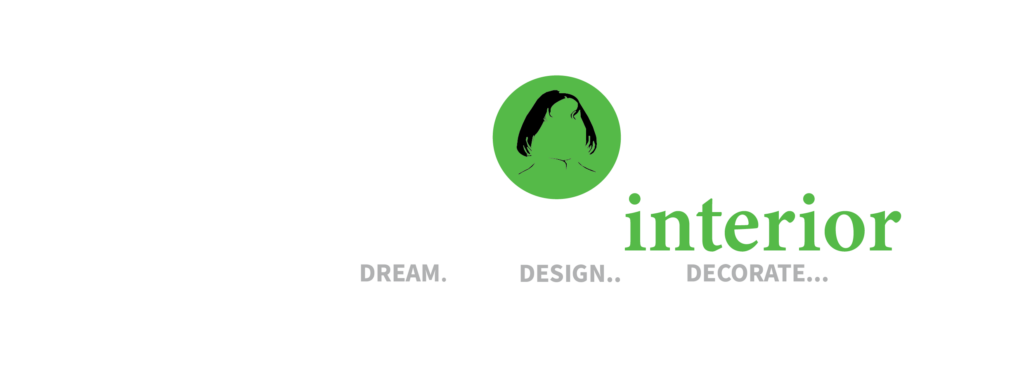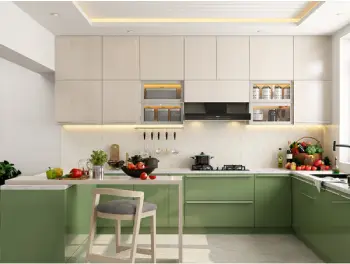Modular kitchens are known for their efficient and organized design, and the choice of materials plays a crucial role in both functionality and aesthetics. Here are some common types of materials used in the construction of modular kitchens:
Medium Density Fiberboard (MDF):
- Description: MDF is an engineered wood product made from wood fibers, wax, and resin. It is commonly used for cabinet doors and panels.
- Advantages: Smooth surface for painting or veneering, cost-effective.
- Considerations: Susceptible to water damage, not ideal for areas with high humidity.
Plywood:
- Description: Plywood is a versatile and strong wood product made by gluing together layers (plies) of wood veneers.
- Advantages: Durable, less prone to warping, available in various thicknesses, and can withstand moisture with proper treatment.
- Considerations: Quality varies based on the type of wood used, and the cost may be higher compared to some alternatives.
Particle Board:
- Description: Particle board is made from wood particles, such as wood chips and sawdust, combined with resin and compressed into sheets.
- Advantages: Cost-effective, smooth surface for finishes.
- Considerations: Not as strong as plywood, susceptible to damage from moisture.
High-Pressure Laminate (HPL):
- Description: HPL is a type of laminate composed of multiple layers of kraft paper impregnated with resin and topped with a decorative layer.
- Advantages: Resistant to scratches, heat, and moisture, available in a wide range of colors and patterns.
- Considerations: Can be more expensive than other laminates.
Medium Density Laminate (MDL) or Low-Pressure Laminate (LPL):
- Description: Similar to HPL but with a different manufacturing process and generally more affordable.
- Advantages: Cost-effective, available in various designs.
- Considerations: Less durable compared to HPL, more susceptible to scratches and moisture damage.
Acrylic Finish:
- Description: Acrylic finishes consist of a layer of acrylic on MDF or plywood.
- Advantages: High-gloss finish, durable, and resistant to moisture.
- Considerations: Prone to scratches, may require careful maintenance.
Stainless Steel:
- Description: Stainless steel is a metal alloy that is corrosion-resistant and easy to clean.
- Advantages: Modern and sleek appearance, durable, resistant to stains and moisture.
- Considerations: Can show scratches and dents, may be prone to fingerprints.
Glass:
- Description: Glass can be used for cabinet doors or countertops in a modular kitchen.
- Advantages: Adds a touch of sophistication, easy to clean.
- Considerations: Fragile, requires careful handling, may show fingerprints and smudges.
Granite and Quartz for Countertops:
- Description: Natural stone (granite) or engineered stone (quartz) used for kitchen countertops.
- Advantages: Durable, heat-resistant, aesthetically pleasing.
- Considerations: Can be heavy, may require sealing (in the case of natural stone), and can be relatively expensive.
Hardware and Accessories:
- Description: While not construction materials, the choice of hardware and accessories like handles, hinges, and drawer slides also contributes to the functionality and aesthetics of a modular kitchen.
When designing a modular kitchen, it’s essential to consider the specific requirements of each area and choose materials that balance durability, aesthetics, and budget considerations.
For More details visit https://www.greenkalaminterior.com



